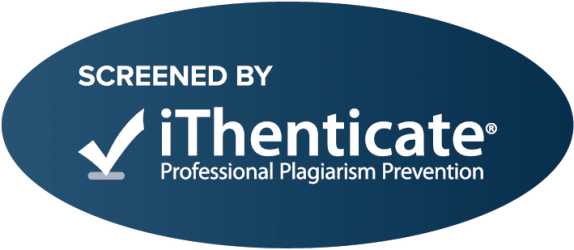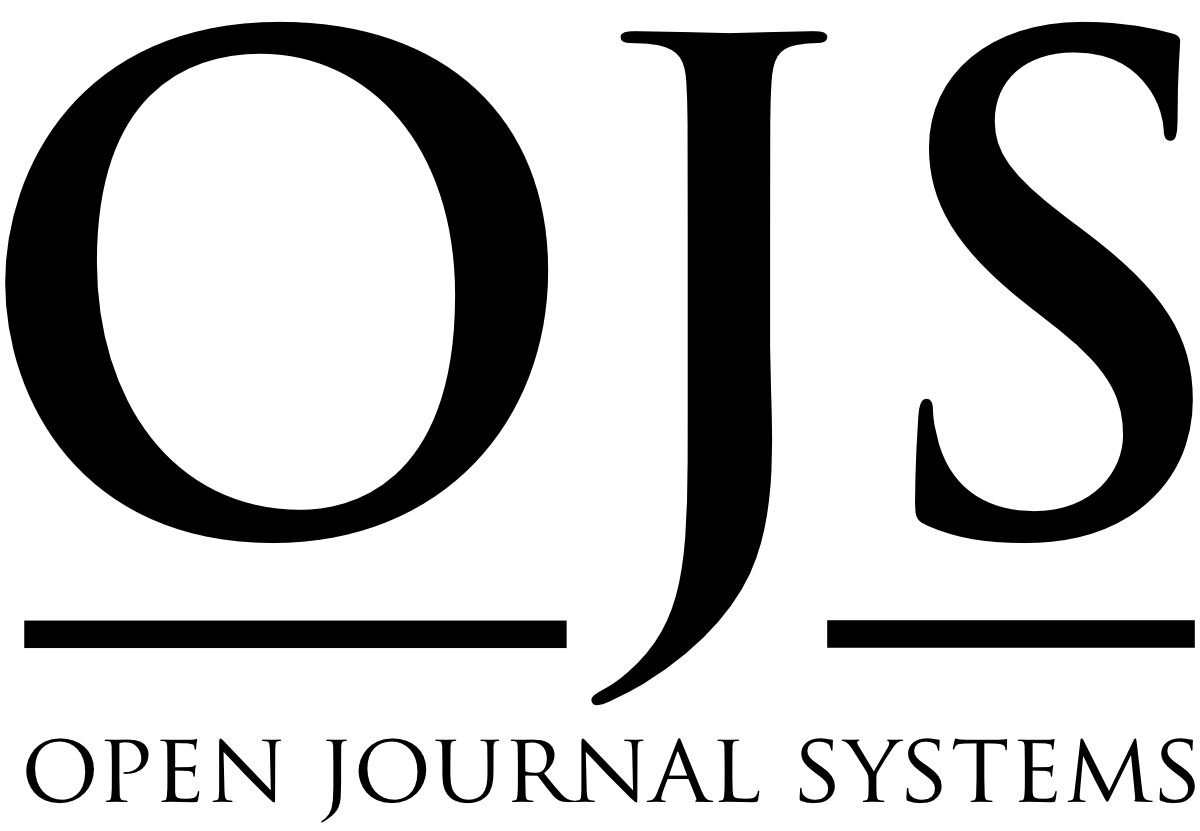Are Phonological Awareness Intervention Programs Effective for Children with Disabilities? A Systematic Review
Keywords:
Phonological, Awareness, Intervention, ProgramsAbstract
The purpose of this study was to find out the effectiveness of phonological awareness intervention programs. Computerized databases, including ERIC, PubMed, ProQuest Education Journals, and SCOPUS, were searched using the following search strategy: ("phonological awareness”) AND )impairment OR intervention OR training programme). The search was limited to English journal articles. No limitations were set on date of publication. Studies selected for inclusion in this review were required to examine phonological awareness intervention programs for children with disabilities including those with Autism Spectrum Disorder, Visual Impairments, Down syndrome, Speech and/or Language Impairments, Intellectual Disabilities, Hearing Loss, and Learning/ Reading Disabilities. Overall, available research findings support the use of phonological awareness intervention programs designed for children with disabilities as an effective tool to improve phonological awareness skills. Implications and recommendations for future research are discussed.Downloads
References
Adams, J. J. (1990). Learning to read: Thinking and learning about print. Cambridge, MA: MIT Press.
Al Otaiba, S., & Hosp, M. K. (2004). Providing effective literacy instruction to students with Down syndrome. Teaching Exceptional Children, 36(4), 28-35
Barlow-Brown, F., & Connelly, V. (2002)/ The role of letter knowledge and phonological awareness in young braille readers. Journal of Research in Reading, 25, 259-270.
Browder, D. M., Ahlgrim-Delzell, L., Courtade-Little, G., & Snell, M. E. (2006). General curriculum access. In M. E. Snell & F. Brown (Eds.), Instruction of students with severe disabilities (6th ed., pp. 489-525). Upper Saddle River, NJ: Merrill/Prentice Hall.
Cassady, J.,& Smith, L. (2004). Acquisition of blending skills: Comparisons among body-coda, onset-rime, and phoneme blending tasks. Reading Psychology, 25(4), 261-272.
Cinthia Coimbra de Azevedo, Cacilda Silveira Pinto and Leonor Bezerra Guerra(2012). Can the development of phonological awareness in children with Down Syndrome facilitate literacy and contribute to the inclusion in mainstream education? Rev. CEFAC. Nov-Dez; 14(6):1057-106
Cupples, L., & Iacono, T. (2002). The efficacy of ‘whole word’ versus ‛analytic’ reading instruction for children with Down syndrome. Reading and Writing: An Interdisciplinary Journal, 15(5/6), 549-574.
Deborah D. Hatton, Karen A. Erickson, and Donna Brostek Lee(2010). Phonological Awareness of Young Children with Visual Impairments. Journal of Visual Impairment & Blindness, December, 743- 752.
Durguno lu, A. (2002). Cross-linguistic transfer in literacy development and implications for language learners. Annals of Dyslexia, 52, 189-204.
Gillon, G. (2004). Phonological awareness : From research to practice (pp.1-60). New York: Guilford Press.
Gillon, G., & Young, A. (2002). The phonological awareness skills of children who are blind. Journal of Visual Impairment& Blindness, 96, 38-49.
Heimann M, Nelson KE, Tjus T, Gillberg C. (1995).Increasing reading and communication skills in children with autism through an interactive multimedia computer program. Journal of Autism and Developmental Disorders, 25:459–480.
Kelly J. Whalon, Ph.D., Stephanie Al Otaiba, and Monica E. Delano(2010). Evidence-Based Reading Instruction for Individuals with Autism Spectrum Disorders. Focus Autism Other Dev Disabl. 1; 24(1): 3–16.
Kennedy EJ1, Flynn MC.(2003). Training phonological awareness skills in children with Down syndrome. Res Dev Disabil.;24(1):44-57.
Kyle F, Harris M.(2011). Longitudinal patterns of emerging literacy in beginning deaf and hearing readers. Journal of Deaf Studies and Deaf Education. 16:289– 304.
Layton, L. & Deeny, K (2002). Sound practice: phonological awareness in the classroom. London: D. Fulton Publishers .
Lonigan, C. J., Anthony, i. L., Phillips, B. M,. Purpura, D. J., Wilson, S. B., & McQueen, J. D. (2009). The nature of preschool phonological processing abilities and their relations to vocabulary, general cognitive abilities, and print knowledge. Journal of Educational Psychology, 101, 345-358.
Michael J. Maiorano & Marie Tejero Hughes(2016). Teaching Word Recognition to Children with Intellectual Disabilities. International Education Research Volume 4, No. 2 , 14-30
Michaela J. Ritter, Jungjun Park, Terrill F. Saxon, and Karen A. Colson (2013). A Phonologically Based Intervention for School-Age Children With Language Impairment: Implications for Reading Achievement. Journal of Literacy Research ,45(4) 356– 385.
Miller EM, Lederberg AR, Easterbrooks SR.(2013). Phonological awareness: Explicit instruction for young deaf and hard-of-hearing children. Journal of Deaf Studies and Deaf Education.18:206–227.
Moeller MP, Tomblin JB, Yoshinaga-Itano C, Connor C, Jerger S. (2007).Current state of knowledge: Language and literacy of children with hearing impairment. Ear & Hearing. 28:740–753.
Most T, Aram D, Andorn T. (2006).Early literacy in children with hearing loss: A comparison between two educational systems. Volta Review. 106:5–28.
Oktay, A.,& Aktan, E. (2002). A cross-linguistic comparison of phonological awareness and word recognition in Turkish and English. International Journal of Early Years Education, 10(1), 37-48.
Rehab Al Sayed Al Sawi (2013). Preventing Early Reading Disabilities in Preschool Children at-Risk for Reading Failure: A Phonological Awareness- Based Program. International Journal of Psycho-Educational Sciences ,2 (1),13-22.
Snowling, M. J., Hulme, C., & Mercer, R. C. (2002). A deficit in rime awareness in children with Down syndrome. Reading and Writing: A Interdisciplinary Journal, 15(5/6), 471-495.
Sterne A, Goswami U. Phonological awareness of syllables, rhymes, and phonemes in deaf children. Journal of Child Psychology and Psychiatry and Allied Disciplines. 41:609–625.
Sue, A., Brittany, H., and Sherry , S. (2017). Feasibility of a Supplemental Phonological Awareness Intervention via Telepractice for Children with Hearing Loss: A Preliminary Study. Int J Telerehabil. 29;9(1):23-38.
Torgesen, J. (2000). A basic guide to understanding, assessing, and teaching phonological awareness. Austin, Tex.: Pro-Ed Mass.
Tjus T, Heimann M, Nelson KE.(1998). Gains in literacy through the use of a specially developed multimedia computer strategy. Autism. 2:139–156.
van Kleeck, A., Gillam, R. B., & McFadden, T. (1998). A Study of Classroom-Based Phonological Awareness Training for Preschoolers with Speech and/or Language Disorders. American Journal of Speech-Language Pathology, 7, (3), 65-76
Webb ML, Lederberg AR. Measuring phonological awareness in deaf and hard-of- hearing children. Journal of Speech, Language, and Hearing Research. 57:131–142.
Werfel KL, Schuele CM. (2014).Improving initial sound segmentation skills of preschool children with severe to profound hearing loss: An exploratory investigation. Volta Review. 114:113–134.
Additional Files
Published
How to Cite
Issue
Section
License

This work is licensed under a Creative Commons Attribution-NonCommercial-NoDerivatives 4.0 International License.










